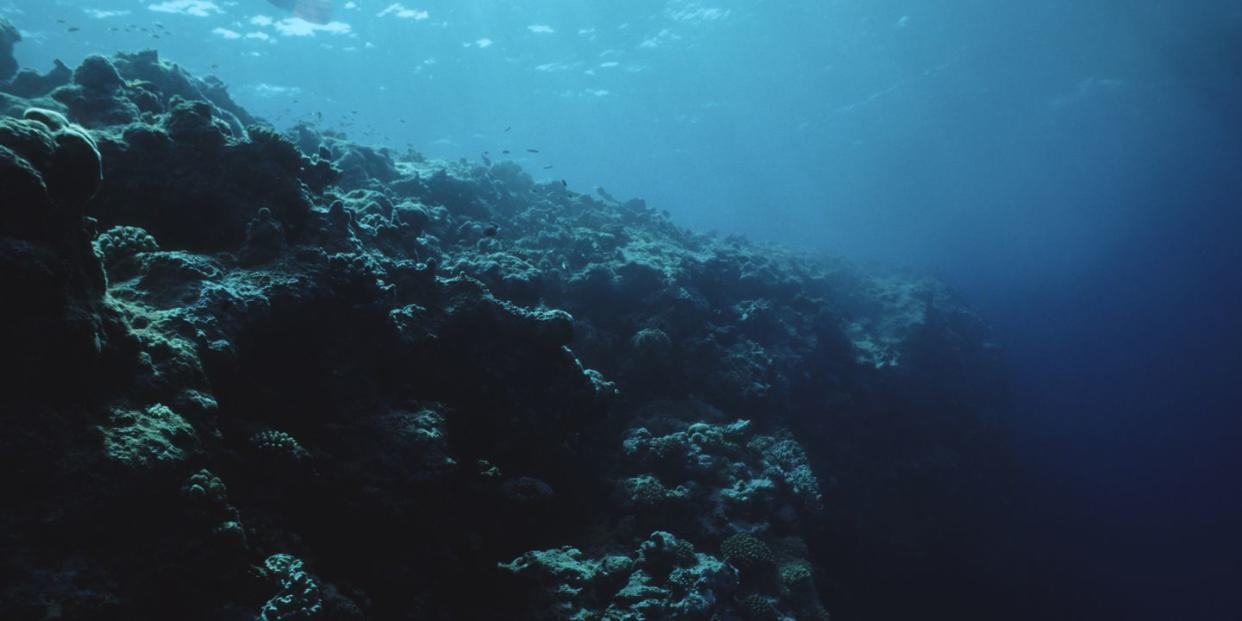Our Oceans Are Full of Vast Dead Zones Without Oxygen

Scientists have found evidence that far more of the ocean is made of “dead zones” without oxygen than they previously believed.
They studied the chemical signatures left by anaerobic bacteria to estimate how much carbon is digested in dead zones.
Anaerobic bacteria fix carbon without sunlight, a process called dark carbon fixing.
In a new study, scientists warn that our estimates of global ocean “dead zones” may be woefully low because of misleading biofeedback in the form of dark carbon. Anaerobic organisms living in these dead zones can still digest dark carbon without the help of sunlight, hence the “dark” in dark carbon. Because these organisms are still consuming carbon as fuel even in the absence of sunlight, they throw off measurements of where dead zones are and of global carbon totals.
Lead scientists Sabine Lengger of the University of Plymouth in England joined with scientists from around the U.K. and the Netherlands in order to study samples of sediment from the floor of the Arabian Sea. The Arabian Sea has the largest known dead zone in the world, an area larger than Florida where all oxygen has been removed. Human pollution introduces new chemical makeups to ocean regions where marine life can’t survive but large blooms of algae and anaerobic bacteria can. Algae are so various and fast to reproduce that measuring which kind and how many are in an area of ocean can tell scientists almost exactly what pollutant or acidification is at fault.
The algae are often drawn by nutrients released in pollution that aren’t a viable food source for other marine life, and during digestion they also consume all the oxygen in an area of the ocean. They may be invited in by warming and increasingly acidic seas that are hostile to other life as well. As these algae consume more oxygen and keep seeking out new oxygen sources, the dead zone grows. The Arabian Sea dead zone has been known for decades, but studied little, because of the political and social tumult in the region. In the time since the 1990s, it grew significantly.
The presence of anaerobic bacteria that can still fix (or digest) carbon in the dark means these dead zones may have shown carbon signatures reminiscent of traditionally photosynthetic organisms, misleading scientists about the overall measurements of these dead zones. Some fish can adapt to life in low oxygen environments, which could be an adaptation in order to take over low oxygen areas without competition. But for the most part, dead zone conditions are just what it says on the tin: deadly. The larger a dead zone gets, the more of it is close to completely devoid of oxygen, well past what even a low oxygen-tolerant fish could survive.
The University of Plymouth-led study found that an estimated one-fifth of all the organic matter on the seafloor is from anaerobic bacteria fixing carbon in the dark of dead zones. If that’s true—that 20 percent of all the detritus is from not just bacteria, but anaerobic bacteria—the scientists suggest this should be taken into account in any equation to estimate or gauge carbon around the world.
If 20 percent of the carbon has been absorbed by organisms that are so understudied, not only are the equations slightly off, but the amount of area covered by dead zones has likely been underestimated. There are at least 700 known dead zones, and even if all of them were the size of the one in the Arabian Sea—over 60,000 square miles—that would account for about one percent of the world’s total ocean area. Again, that’s if each identified dead zone was the size of the largest known dead zone, and the true total area is probably far less. Something is missing between the estimate of dead zone area and the carbon signature left by bacteria in those dead zones.
We still know relatively little about the world’s oceans because of the difficulty of accessing them in order to gather samples or complete studies. The expedition that uncovered the true size of the Arabian Sea dead zone used autonomous deep-sea submarines. The new University of Plymouth study shows there is much left to discover and confirm about what lies deep beneath the ocean—and how those data affect climate science on the surface.
You Might Also Like

